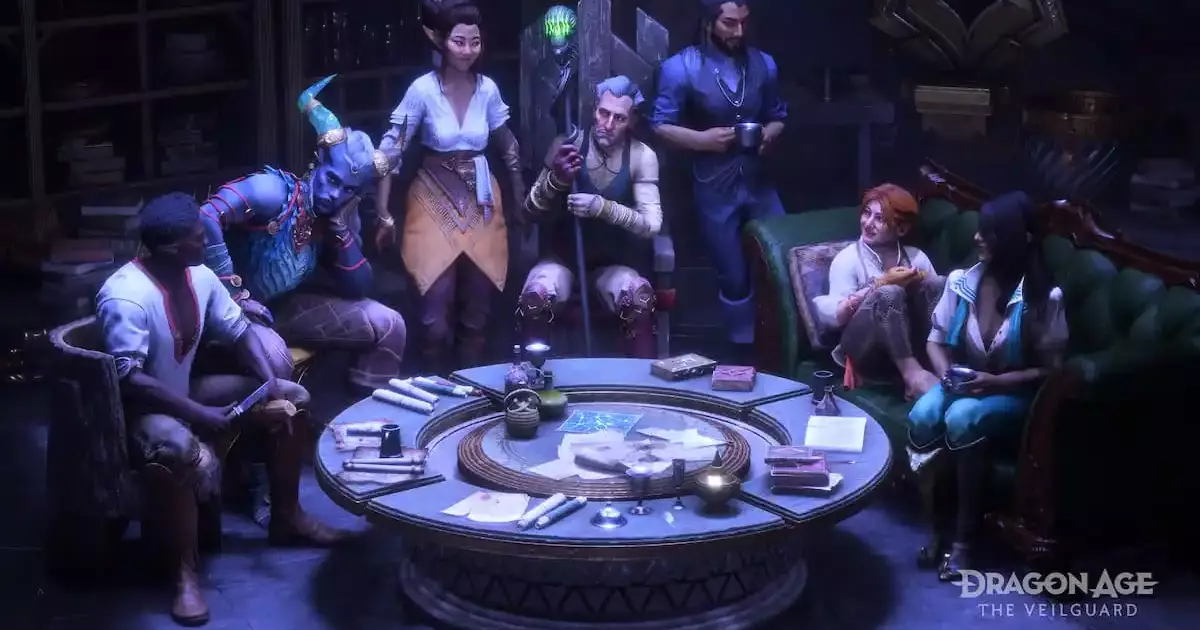The decision by BioWare to limit the party size in the upcoming game Dragon Age: The Veilguard to only two companions has sparked mixed reactions among fans of the franchise. While some may see this as a step towards a more action-oriented gameplay experience, others may fear that it could detract from the rich storytelling and character development that the Dragon Age series is known for. By reducing the party size compared to its predecessor, Dragon Age: Inquisition, BioWare is signaling a shift towards a more focused and intimate exploration of character dynamics and interactions.
Deeper Companion Arcs and Interactions
BioWare has promised that Dragon Age: The Veilguard will offer the deepest companion arcs yet, giving players the opportunity to delve into the personal stories and relationships of their companions in more detail. This may include interactions that could potentially anger companions to the point of them going AWOL temporarily. Additionally, companions are now capable of forming romantic relationships with each other, adding a new dimension to the dynamics within the party. This development raises interesting questions about the agency of companion characters in RPGs, especially when it comes to player love interests.
One of the highlights of the new Dragon Age installment is the promise of an abundance of party banter that will dynamically unfold as players explore the world. Characters will engage in conversations that can be interrupted by various events, such as encounters with enemies or environmental hazards. This feature aims to immerse players in the whimsical and humorous aspects of character relationships, providing a constant stream of dialogue that follows them wherever they go. The level of detail in character interactions is expected to be unprecedented, offering a more immersive and engaging gameplay experience.
In addition to the changes in party dynamics and character interactions, Dragon Age: The Veilguard introduces several new features and gameplay elements that set it apart from its predecessors. Mages now have access to healing spells once again, adding a valuable support role to the party composition. The game eliminates campaign progression blocks similar to Inquisition’s power mechanic, allowing players to explore previous locations and engage in side content freely. The new base of operations, the Lighthouse, serves as a central hub for players to regroup and plan their next moves. Furthermore, tavern songs make a return, providing players with nostalgic moments and a touch of authenticity to the in-game world.
While the decision to reduce the party size may raise concerns among some fans, the emphasis on deeper companion interactions and dynamic party banter in Dragon Age: The Veilguard showcases BioWare’s commitment to delivering a rich and immersive storytelling experience. By introducing new gameplay elements and features, the game aims to entice players with a fresh take on the Dragon Age universe while staying true to the core elements that make the series beloved by fans. As the release date approaches, it will be interesting to see how players respond to the changes and additions in Dragon Age: The Veilguard and whether it lives up to the expectations set by its predecessors.


Leave a Reply